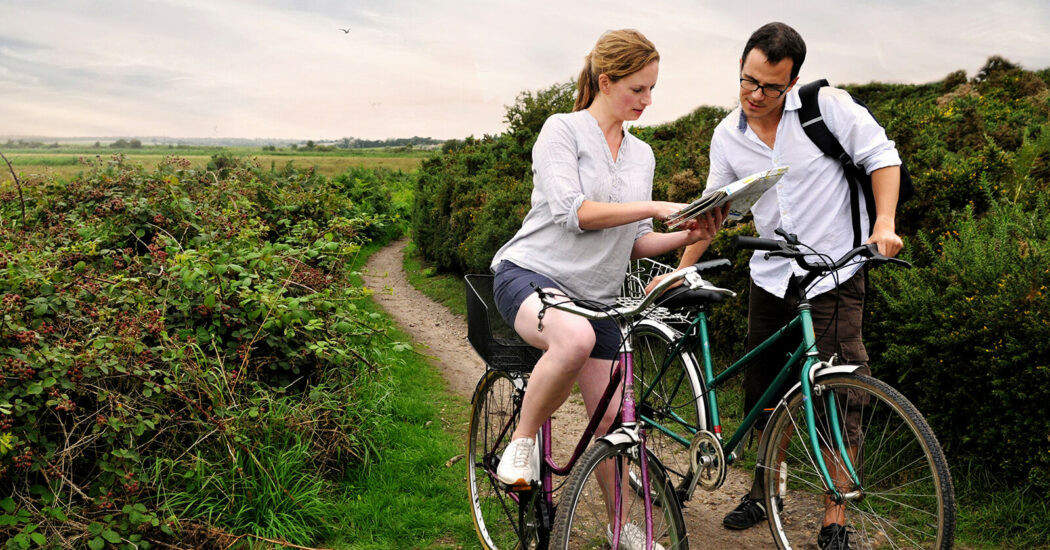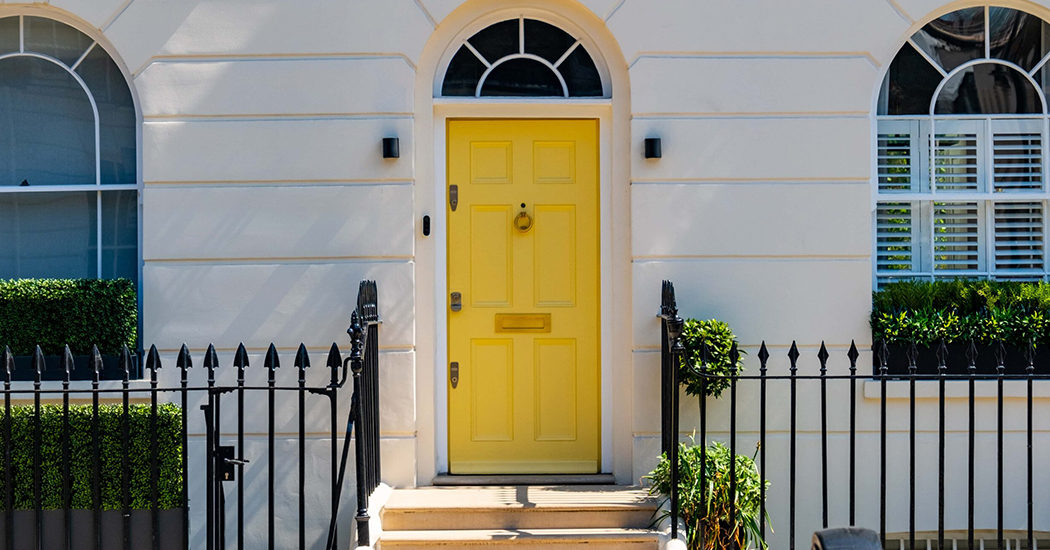If you pop down to Lavenham Guildhall this summer you can discover stories from across five centuries of Suffolk history, including how prisoners were put to the lash and how 18th century used ingredients like live woodlice, peacock dung and crab eyes… sounding much worse than the ailments they were meant to cure!
Although originally built around 1530 as a religious meeting place for merchants who grew wealthy as the cloth trade boomed, over the centuries the Guildhall has also been used as a prison, workhouse, chapel, inn, school and social club for US troops stationed nearby during the Second World War.
The latest exhibition at Lavenham features real-life stories, such as the life of Ann Baker, who in the 1780s was mad an inmate of the horrific Lavenham Bridwell, or ‘House of Correction’, when just eight-years-old.
The Bridewell was housed in the Guildhall building, where petty offenders from the poorest areas of society were locked up for relatively minor crimes.
They were put to spinning yarn, working exhausting hours in appalling conditions and regularly whipped.
After several years locked in the Bridewell, Ann was deported to Australia for being an ‘incorrigible rogue’.
Her ship sailed in 1789, on a notorious journey to the British penal colony when one-in-four convicts perished amongst unimaginable suffering. She survived the trip, went on to complete her sentence and then married, had children and started a new life on a farm – but would only live until she was 29.
Ann’s heart-breaking story is just one of many from across the centuries, captured by the National Trust as part of an exciting new era for Lavenham Guildhall.
The exhibition, called Our Village through Time, represents a complete overhaul of the internal exhibition spaces of the Guildhall. The £160,000 project has been funded in part by grants of £85,000 from the Heritage Lottery Fund, £46,750 from Biffa Award and £9,000 from Suffolk County Council, plus several smaller grants.
You can also discover Widow Snell, who ran the 18th century workhouse and created a host of intriguing and sometimes gruesome-sounding – medicinal recipes to help treat the ailments suffered by the residents.
These included treating ‘Scald Head’ (ringworm) by applying pork lard to the scalp three times a day for a fortnight. For ‘Suffocating Catarrh’, the well-meaning Widow Snell mixed crab’s eyes, whale fat and castor oil, and then gave the patient one spoonful each morning.
To cure ‘Vertigo’, she took one ounce of ‘best Peruvian Bark’, thickly powdered, before adding two drachms of Peacock’s dung infused in two pounds of red French wine, then strained the concoction before administering six spoonfuls each morning and evening.
But it is perhaps the treatment for ‘Asthma’ that sounds the most revolting of the lot. For this Widow Snell would take 20 live woodlice, saffron, amber and mix with other ingredients, which produced a mixture to be taken three spoonfuls at a time.
Some of the oldest tales unearthed by the Trust come from the life of Agnes Sturmyn (1460/70 – 1540). Through her eyes we can see the story of Lavenham at the height of its fortunes as a cloth town.
By the early 1600s cloth and Catholicism, which played such an important part in medieval Lavenham, had all but disappeared and by the mid-17th Century the Guildhall was housing inmates like Ann Baker.
The exhibition carries visitors through the following centuries, right through to more modern times, when it celebrates the characters who fought to preserve the Guildhall – such as Victorian philanthropist Sir William Cuthbert Quilter and pioneering conservationist Francis Lingard Ranson, whose photographs from the 1940s are on display alongside intriguing film clips.
These are just a few of the tales you can discover at the Guildhall, covering half a millennium of history right in the heart of Suffolk.
Find out more about Lavenham Guildhall
The Guildhall is open seven-days-a-week, from 11am to 5pm.
For more information see nationaltrust.org.uk/lavenham-guildhall or call 01787 247646.
Read more articles from our Rooftops magazine
Rooftops is David Burr’s luxury property and lifestyle magazine. You can view the latest edition of Rooftops online now.
This article was originally published in Rooftops Spring/Summer 2015 Edition.
Words: Jeremy Owen
Top image: Dave.Dunford, 27 & 28 Market Place, Lavenham, CC BY-SA 3.0







